
Donald William Crisp was an English film actor as well as an early producer, director and screenwriter. His career lasted from the early silent film era into the 1960s. He won an Academy Award for Best Supporting Actor in 1942 for his performance in How Green Was My Valley.
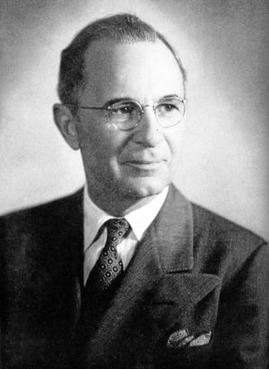
William Thomas Gilcrease was an American oilman, art collector, and philanthropist. During his lifetime, Gilcrease collected more than 10,000 artworks, 250,000 Native American artifacts and 100,000 rare books and documents, including the only surviving certified copy of the Declaration of Independence. He was the founder of Gilcrease Museum in Tulsa, Oklahoma. In 1971, he was inducted into the Hall of Great Westerners of the National Cowboy & Western Heritage Museum.
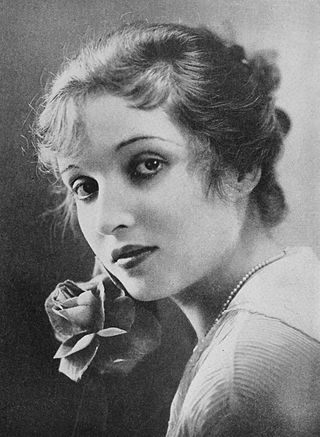
Alice Joyce Brown was an American actress who appeared in more than 200 films during the 1910s and 1920s. She is known for her roles in the 1923 film The Green Goddess and its 1930 remake of the same name.

Charles G. Rosher, A.S.C. was an English-born cinematographer who worked from the early days of silent films through the 1950s.

Robert Warwick was an American stage, film and television actor with over 200 film appearances. A matinee idol during the silent film era, he also prospered after the introduction of sound to cinema. As a young man he had studied opera singing in Paris and had a rich, resonant voice. At the age of 50, he developed as a highly regarded, aristocratic character actor and made numerous "talkies".

Ruth Roland was an American stage and film actress and film producer.

Josephine M. Workman better known by her stage name, Princess Mona Darkfeather was an American actress who starred in Native American and Western dramas. During the silent era of motion pictures, from 1911 to 1917, she appeared in 102 movies. She is best known for her role as Prairie Flower in The Vanishing Tribe (1914).

James Cruze was a silent film actor and film director.

Carlyle Blackwell was an American silent film actor, director and producer.

Marin Sais was an American actress whose career was most prolific during the silent film era of the 1910s and 1920s. Sais' acting career spanned over four decades and she is possibly best recalled for appearing in Western themed films.
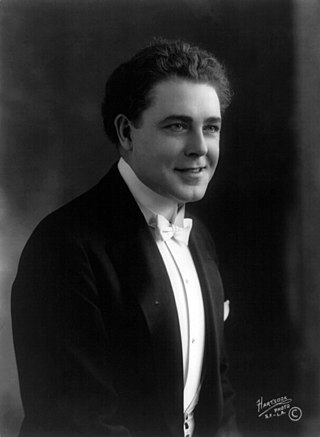
William Farnum was an American actor. He was a star of American silent cinema, and he became one of the highest-paid actors during this time.

Frank Spottiswoode Aitken was a Scottish-American actor of the silent era. He played Dr. Cameron in D. W. Griffith's epic drama The Birth of a Nation.

William Nigh, born Emil Kreuske, was an American film director, writer, and actor. His film work sometimes lists him as either "Will Nigh" or "William Nye".

William Christy Cabanne was an American film director, screenwriter, and silent film actor.
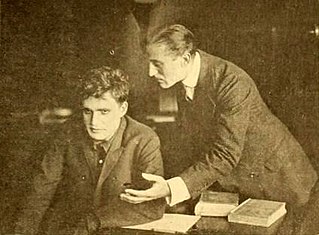
Carl Harbaugh was an American film actor, screenwriter and director.
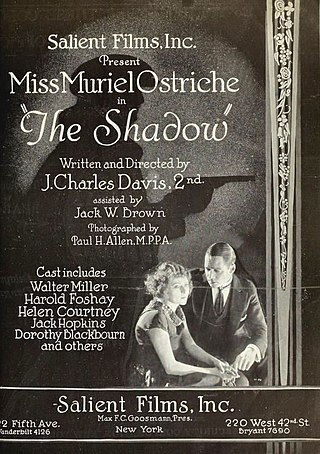
Walter Miller was an American actor of the silent era and the early sound era. He appeared in nearly 250 films between 1911 and 1940.

J. Barney Sherry was an American actor of the silent film era. He appeared in more than 210 films between 1905 and 1929. He was born in Germantown, Pennsylvania and died in Philadelphia, Pennsylvania from cardiovascular disease.
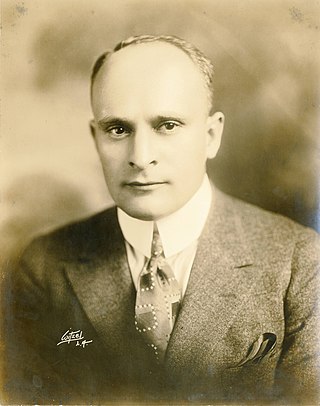
Charles Gardner Sullivan was an American screenwriter and film producer. He was a prolific writer with more than 350 films among his credits. In 1924, the magazine Story World selected him on a list of the ten individuals who had contributed the most to the advancement of the motion picture industry from its inception forward. Four of Sullivan's films, The Italian (1915), Civilization (1916), Hell's Hinges (1916), and All Quiet on the Western Front (1930), have been listed in the National Film Registry.

Lucile Stewart Carter Brooke was an American socialite and the wife of William Ernest Carter, an extremely wealthy American who inherited a fortune from his father. The couple and their two children survived the RMS Titanic disaster after the ship struck an iceberg and sank on April 15, 1912. She was said to be one of the heroines of the tragedy as she, with some of the other socially elite women, assisted in the rowing of one of the Titanic's lifeboats.

Bison Film Company, also known as 101 Bison Film Company, is an American film studio established in 1909 and disestablished in 1917.




















